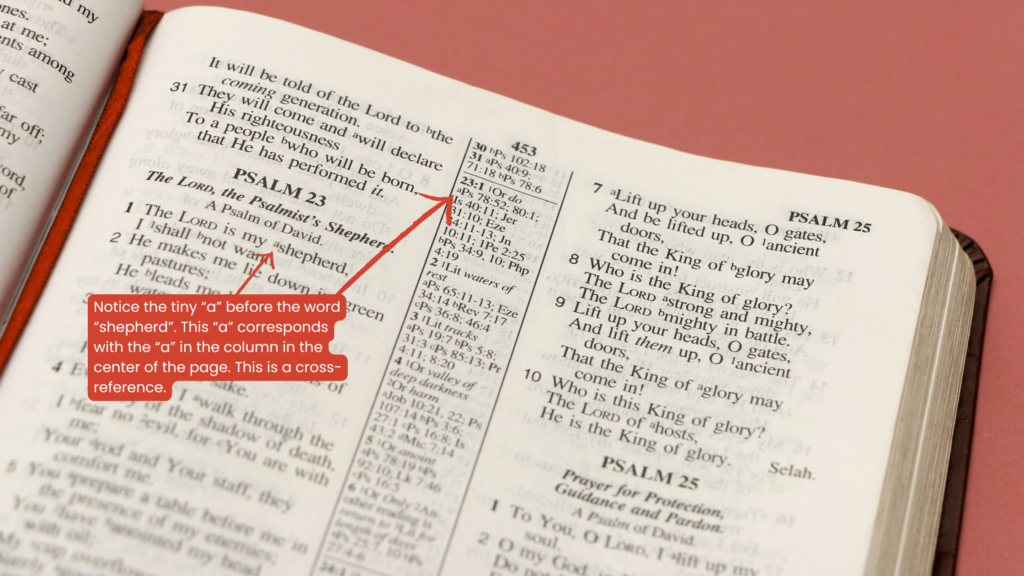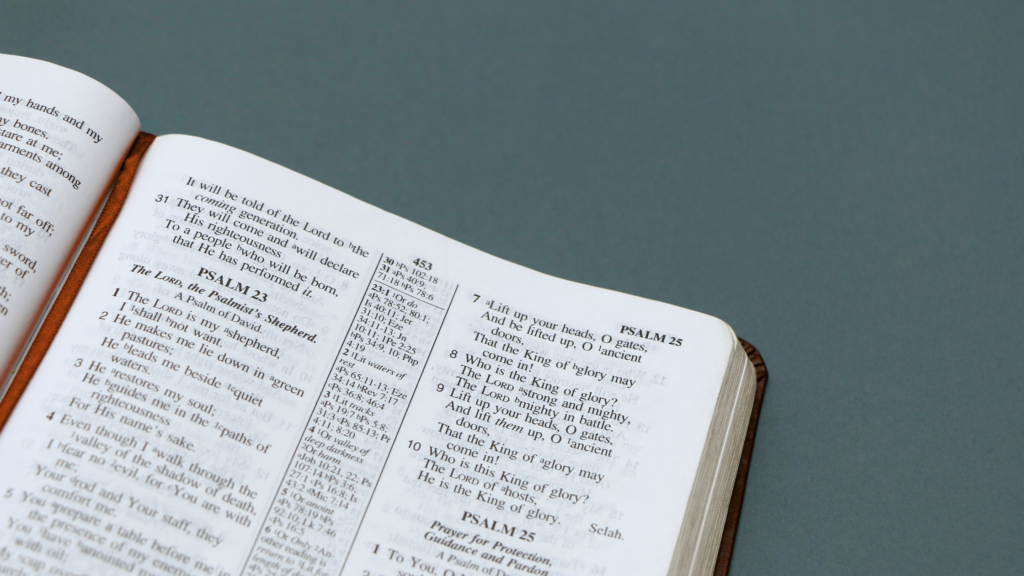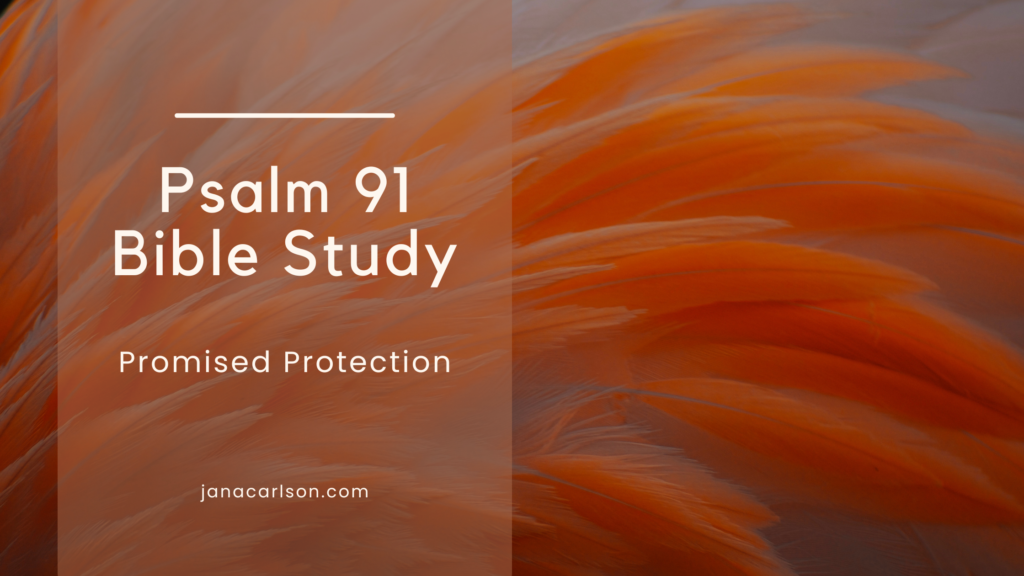When did you last look up a cross-reference during your personal Bible reading? If you’re like most people I’ve asked, your answer is “never”. Yet I’ve heard more testimonies about the power of cross-references to transform personal study of Scripture than any other Bible study principle.
What are cross-references?
The dictionary defines a cross reference as “a reference to another text or part of a text, typically in order to elaborate on a point.”
Most Bibles include cross-references. If your Bible doesn’t, you can use an online Bible tool, such as Bible Hub or Blue Letter Bible. Cross references are added by the publisher of the Bible to indicate themes, words, promises, events, or people referenced in other places in the Bible.

Why read the cross-references?
There are many reasons to read Bible cross-references, but here are my three favorites:
- Cross-references remind us of God’s faithfulness in keeping His Word by helping us trace the fulfillment of His promises and prophecies.
- Cross-references provide a way for us to allow Scripture to interpret Scripture by keeping us in God’s Word rather than relying on external resources. Cross-references train us to study the Bible ourselves rather than depending on the work of others.
- Reading cross-references can be a form of biblical meditation. Looking up cross-references takes time and causes us to slow down in our study of the text. This “goes against the grain” of our typical pace of life and our fleshly desire for quick answers (e.g. Google) and fast progress.
Will Anderson said it well: “It’s tragic to think how many profound insights we miss because we’re too hurried to follow a meandering trail across the sprawling pages of Scripture.”
Which cross-references should we read?
Do you have to read all the cross-references? Absolutely not! If it’s drudgery instead of delight, it probably won’t benefit you. Start small. That said, sometimes you’ll be surprised by what you glean from the slow, tedious plodding. You’ll dig and dig and feel like you’re not discovering any treasure, and all of a sudden—clink! Pure gold!
How do you decide which cross-references to read?
Start with the phrases that stand out to you or that you have questions about as you read a passage of Scripture. The cross-references could provide further treasure or clarify some of the mystery.
5 Ways to Use Cross-References in Our Bible Study
What should we do with the cross-references we read? These five tips will help you to glean the most out of biblical cross-references.
1. Connection
When we read a cross-referenced passage, we must ask, “What is the relationship between these two passages? What’s the connection?” It could be:
- specific words or phrases,
- parallel passages,
- quotes,
- similar ideas,
- comparisons,
- events,
- prophecies,
- a cause and effect
- contrast, etc.
For example, let’s read 1 John 1:6.
“If we say we have fellowship with him [God] while we walk in darkness, we lie and do not practice the truth” (1 John 1:6).
In my Bible, this verse is cross-referenced with John 3:21.
“But whoever does what is true comes to the light, so that it may be clearly seen that his works have been carried out in God” (John 3:21).
This cross-reference provides a contrast between someone who walks in darkness (and therefore, deceit) and someone who walks in truth and light.

2. Context
Let’s not forget the importance of context when we read the cross-references! There’s value in reading the cross-referenced verse or passage in the context of the surrounding Scripture and with attention to the various types of context, too!
Let’s practice how to read a cross-reference in context with 1 John 1:1.
“That which was from the beginning, which we have heard, which we have seen with our eyes, which we looked upon and have touched with our hands, concerning the word of life—” (1 John 1:1)
My Bible cross-references Luke 24:39 here.
“See my hands and my feet, that it is I myself. Touch me, and see. For a spirit does not have flesh and bones as you see that I have” (Luke 24:39).
When we read Luke 24:39 in the context of the entire passage, we see that a few women came to Jesus’ tomb after his death and found it empty. They proclaimed this good news to the apostles. Peter went to see for himself and found the women’s report true. More followers of Christ saw Jesus and didn’t know He was the Messiah. So, Jesus showed them the truth through Scripture. He was with them, enjoying fellowship and a meal together, and finally, they realized who He was and believed.
When the 12 disciples were together, talking about what had happened, Jesus suddenly appeared in their midst. They were scared and thought He was a spirit or ghost. He asked them, “Why are you troubled, and why do you doubt?”
Then we get to verse 39 (our cross-reference).
“See my hands and my feet, that it is I myself. Touch me, and see. For a spirit does not have flesh and bones as you see that I have.’ And when he [Jesus] had said this, he showed them his hands and his feet. And while they still disbelieved for joy and were marveling, he said to them, ‘Have you anything here to eat?’ They gave him a piece of broiled fish, and he took it and ate before them.
Then he said to them, ‘These are my words that I spoke to you while I was still with you, that everything written about me in the Law of Moses and the Prophets and the Psalms must be fulfilled.’ Then he opened their minds to understand the Scriptures, and said to them, ‘Thus it is written, that the Christ should suffer and on the third day rise from the dead, and that repentance for the forgiveness of sins should be proclaimed in his name to all nations, beginning from Jerusalem. You are witnesses of these things. And behold, I am sending the promise of my Father upon you. But stay in the city until you are clothed with power from on high.’
And he led them out as far as Bethany, and lifting up his hands he blessed them. While he blessed them, he parted from them and was carried up into heaven. And they worshiped him and returned to Jerusalem with great joy, and were continually in the temple blessing God” (Luke 24:39–53).
Reading the context of the cross-reference (Luke 24:39) makes our original passage (1 John 1:1) more meaningful, doesn’t it? We know that John was present during Jesus’ appearance and the conversation we read about in Luke 24. The context of Luke 24:39 illuminates the significance of John’s words in 1 John 1—John really did see, hear, and touch Jesus Christ, and what an experience it was!
3. Cross-Reference the Cross-Reference
Notice how the cross-referenced verses also have cross-references? Consider following those trails, too. Naturally, you wouldn’t want to do this every time. You could become extremely sidetracked if you always did this—though sometimes that sidetrack could prove fruitful. But I recommend doing this when something is really resonating or providing the clarity you seek.

4. Conspicuous Cross-References
Pay special attention to cross-references that are repeated in a passage. A prominent reference like this typically indicates a specific theme of the passage.
For example, in my Bible, in 1 John 1, the following verses are cross-referenced multiple times:
- John 1:1
- 1 John 1:4
- 2 Peter 1:16
- Acts 4:20
These cross-references are repeated throughout the chapter. So, it’s helpful to read them and find out why they’re so prominent.
Try it out! Read 1 John 1, then read the four cross-references above. Do they indicate a theme or emphasize something important from 1 John 1?
5. Create Your Own
Create your own cross-references! Does the passage you’re reading remind you of any other Bible passages? If so, what’s the connection?
Cross-References: A Helpful Bible Study Tool for Beginners
If you consider yourself a Bible study beginner, or if you’ve never taken advantage of cross-references before, I urge you to give it a try. If you can read and study any verse in the Bible, you can read and study the cross-references! They will enrich your time spent in God’s Word and increase your understanding.






4 Responses
It’s a great privilege to study and understand the word . Let the Word of truth transform our life . Let HIs sprit lead us in all the truth .. amen
Amen!
Glory
HALLELUJAH